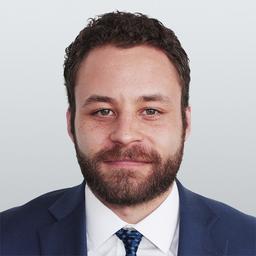News Analysis
The election campaign is nearing its end and Canadians have heard many promises from party leaders, with some appearing to be quite similar and others setting themselves completely apart.



The election campaign is nearing its end and Canadians have heard many promises from party leaders, with some appearing to be quite similar and others setting themselves completely apart.